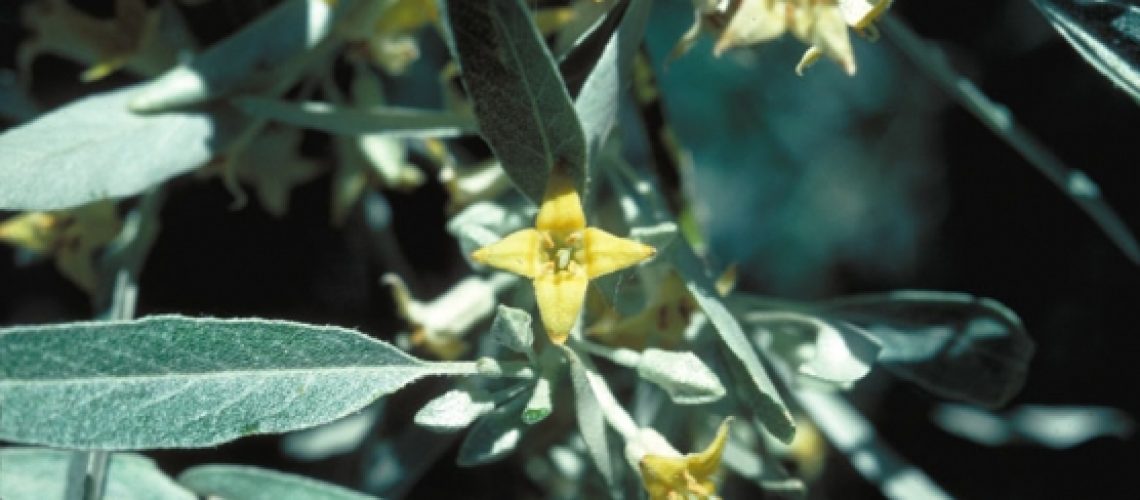According to the National Park Service:
Russian-olive is a small, usually thorny shrub or small tree that can grow to 30 feet in height. Its stems, buds, and leaves have a dense covering of silvery to rusty scales. Leaves are egg or lance-shaped, smooth margined, and alternate along the stem. At three years of age, plants begin to flower and fruit. Highly aromatic, creamy, yellow flowers appear in June and July and are later replaced by clusters of abundant silvery fruits. Russian-olive can outcompete native vegetation, interfere with natural plant succession and nutrient cycling, and tax water reserves. Because Russian-olive is capable of fixing nitrogen in its roots, it can grow on bare mineral substrates and dominate riparian vegetation where overstory cottonwoods have died. Although Russian-olive provides a plentiful source of edible fruits for birds, ecologists have found that bird species richness is actually higher in riparian areas dominated by native vegetation.
Prescott Creeks is a 501(c)(3) not-for-profit organization with a mission to achieve healthy watersheds and clean waters in central Arizona for the benefit of people and wildlife through protection, restoration, education, and advocacy.
Prescott Creeks
PO Box 3004
Prescott, AZ 86302
(928) 445-5669
© 1990 – 2024 PRESCOTT CREEKS PRESERVATION ASSOCIATION, ALL RIGHTS RESERVED. | TAX ID 86-0657159 | WEBSITE DESIGN BY: GOLIATH CREATIONS

